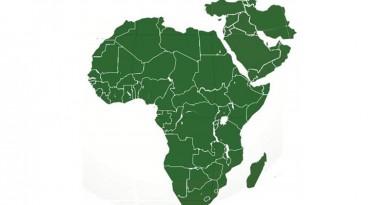Active Phone Voice Subscribers in Nigeria Increased to 221.77 million in Q3 2023
In Q3 2023, the National Bureau of Statistics (NBS) reported that there were 221,769,883 active phone voice subscribers in Nigeria, representing a 4.51% increase from the previous year’s figure of 212,201,578. Additionally, the number of active internet subscribers during the same period stood at 160,171,125, showing a 4.83% increase from the previous year’s figure of 152,784,980.
When analyzing the state profiles, it was found that Lagos state had the highest number of active voice subscribers and active internet subscribers in Q3 2023, with 27,043,333 and 19,188,745 respectively. Following closely behind was Ogun state, with 13,136,247 active voice subscribers and 9,538,622 active internet subscribers. Kano state also had a significant number of subscribers, with 12,192,122 active voice subscribers and 8,712,782 active internet subscribers.
On the other hand, Bayelsa state recorded the lowest number of active voice subscribers, with only 1,558,509. Gombe and Yobe states followed suit, with 2,643,899 and 2,760,261 active voice subscribers respectively. In terms of active internet subscribers, Bayelsa state also had the lowest number, with 1,195,580. Zamfara and Gombe states had slightly higher numbers, with 1,863,686 and 1,909,498 active internet subscribers respectively.
Several factors contribute to the disparity in active voice subscribers across Nigerian states, including population size, availability of network infrastructure, infrastructure development initiatives, economic activities, income levels, and cultural/social factors. To address this issue and increase the number of active voice and internet subscribers, particularly in states with low connectivity, it is crucial to establish strong partnerships between telecommunication providers and state governments.
These partnerships would help remove barriers to investment, leading to enhanced network infrastructure and improved connectivity. This can be achieved by upgrading existing infrastructure, deploying new technologies to meet the growing demand for voice and internet services, and tailoring service packages to suit local needs.




